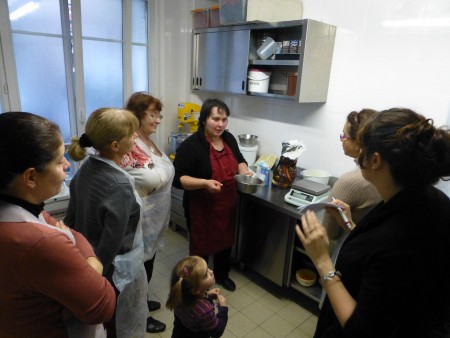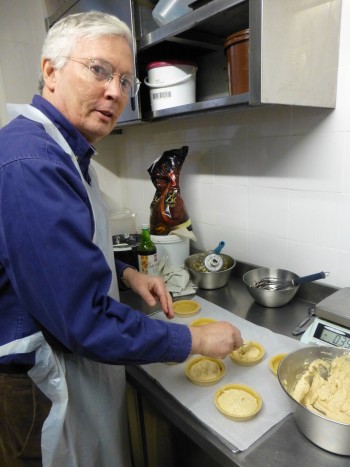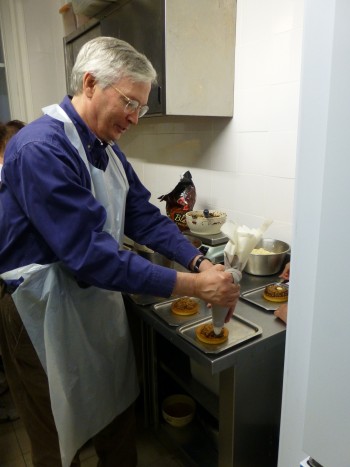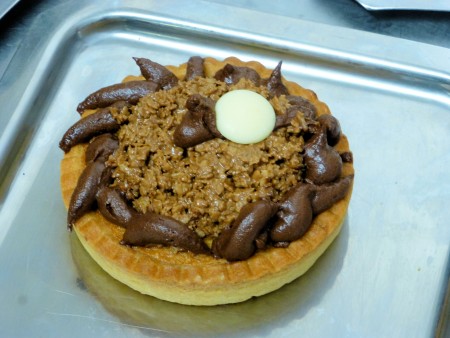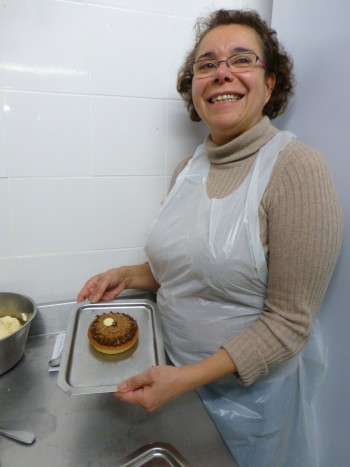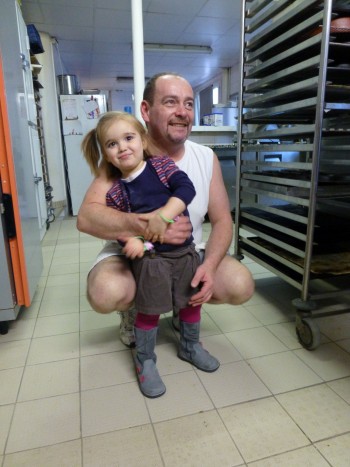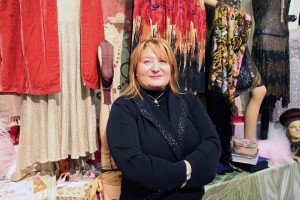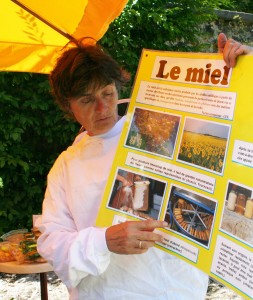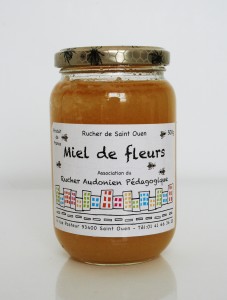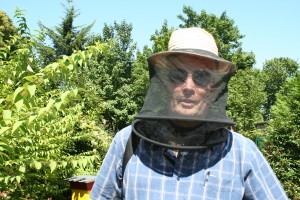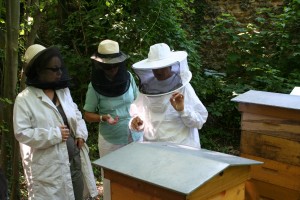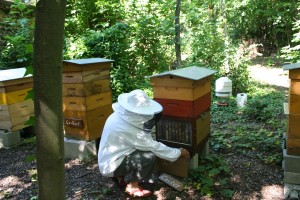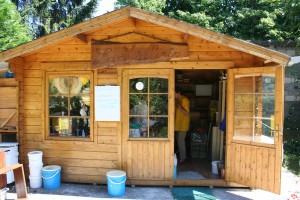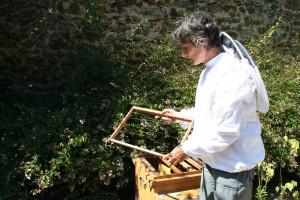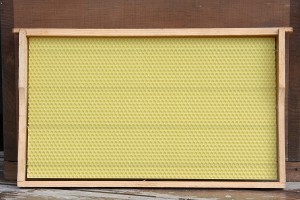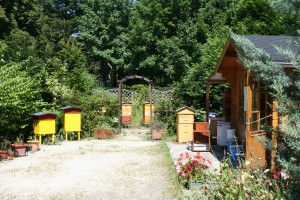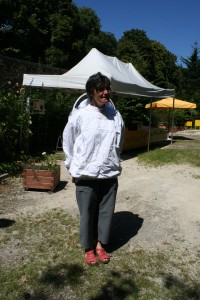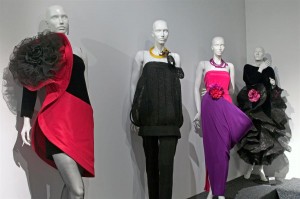In mid-November, I received an invitation from the Saint-Ouen Tourist Office to attend a pastry workshop at a bakery in their town. Saint-Ouen lies just outside of Paris, to the north. I was going to learn how to make a Tarte choco-praliné (chocolate-praline tart)!
The bakery, Boulangerie Blot, is operated by Patrick and Céline Blot. It lies on rue des Rosiers, not far from the famous Paris Flea Market (which is, in reality, located in Saint-Ouen).
Madame Blot had prepared the dough for the tart in advance. All we had to do was to place it into a tart mold. (There was one mold for each of us.) Then she prepared the ganache (filling), while at the same time talking about the ingredients that she was using. I quickly realized that there wouldn’t be much “hands-on” in this workshop, but that didn’t matter too much, because I also realized that this was a rare occasion to be part of an all-French group experience. There weren’t any Anglophones to talk to!
One of the participants, Catherine, took careful notes. There was a lot of discussion between Madame Blot and the participants about ingredients, technique, and so on. It was enough for me to keep up with the spoken French as the words whizzed by me at super-speed.
After Madame Blot finished preparing the ganache, we each spooned it into our pastry shell. At this point, the tart should have gone into the oven to bake. After it cooled, it would be finished off with a topping of croquant praliné (crunchy praline). However, as time was short, Madame Blot had already prepared and baked a number of ganache-filled tarts. She brought these out for us to top off with the praliné.
Some of the participants took a hand at mixing the croquant praliné. Many hands make light work!
We spread a layer of croquant praliné onto our tarts.
After we spread the croquant praliné, we squirted chocolate from a piping bag to decorate the tart. It wasn’t as easy as Madame Blot made it look!
I thought that my handiwork was particularly compelling.
Catherine displays her masterpiece.
Thanks to Marion Landry-Stoffyn of the Saint-Ouen Tourist Office.
And thanks to Monsieur and Madame Blot for inviting us into their bakery.
Saint-Ouen Office of Tourism
30, avenue Gabriel Péri
93400 Saint-Ouen
Tel.: 01.40.11.77.36
Boulangerie Blot
49, rue des Rosiers
93400 Saint-Ouen
Tel.: 01.40.11.08.15
Like our blog? Join us on Facebook!


